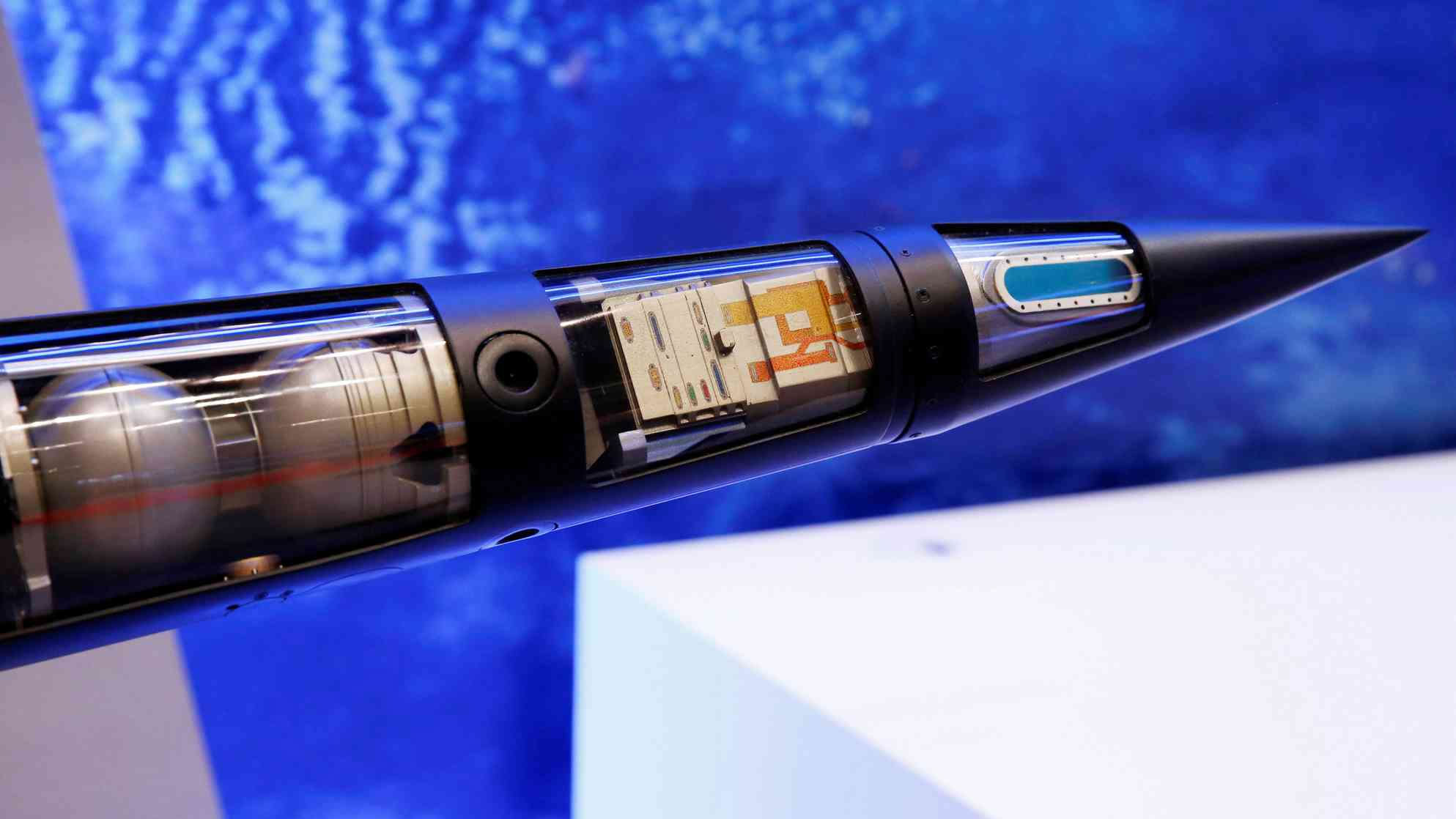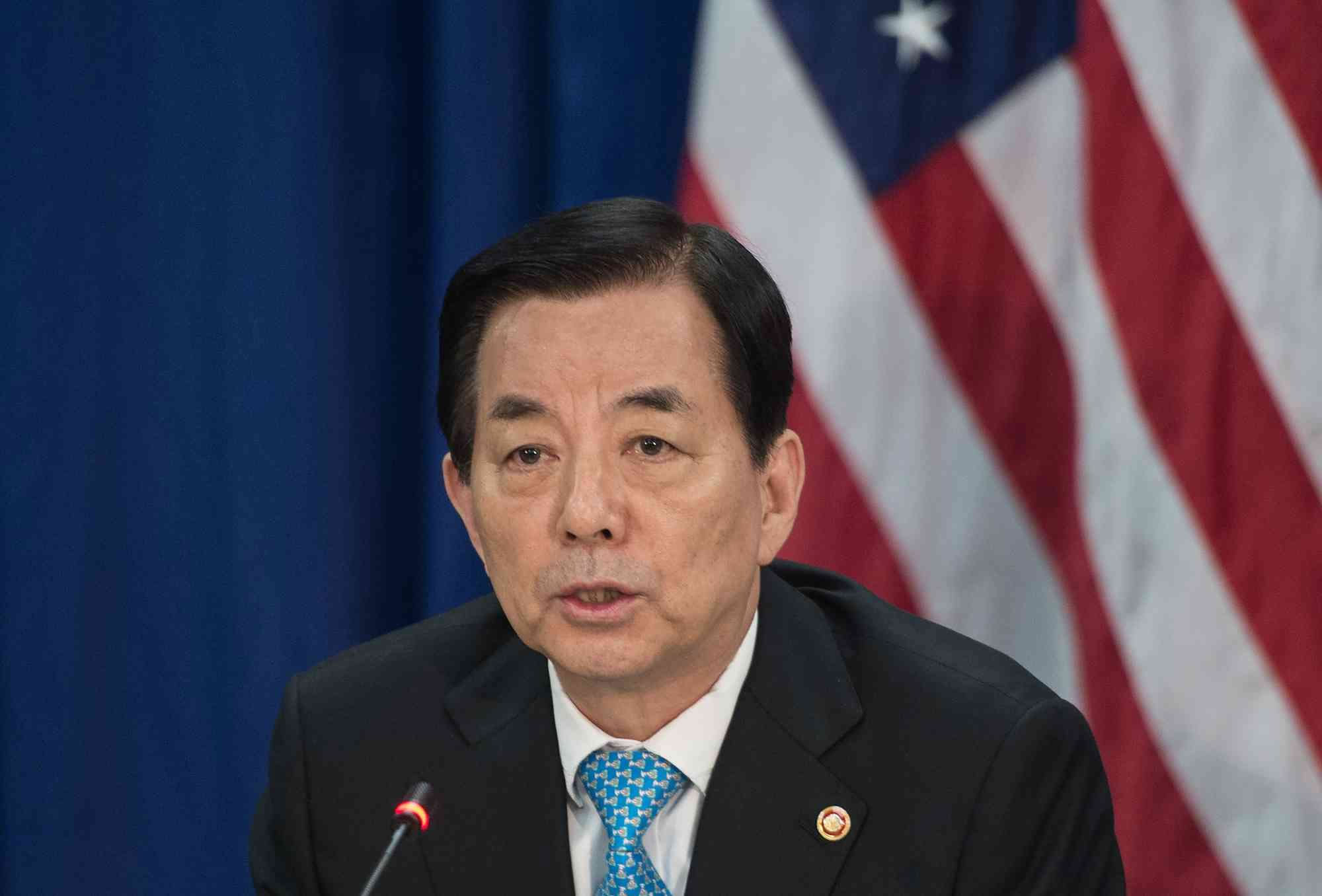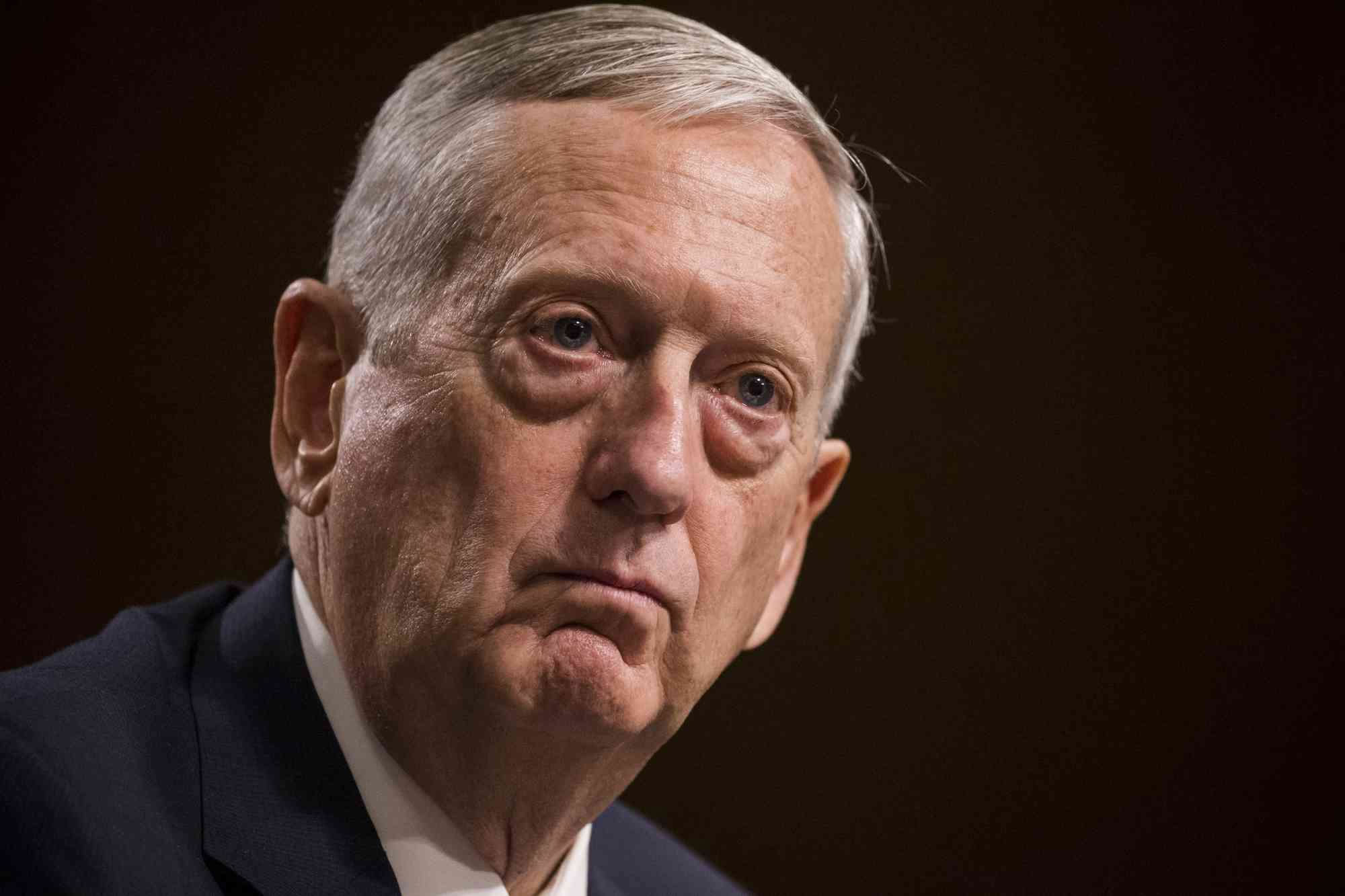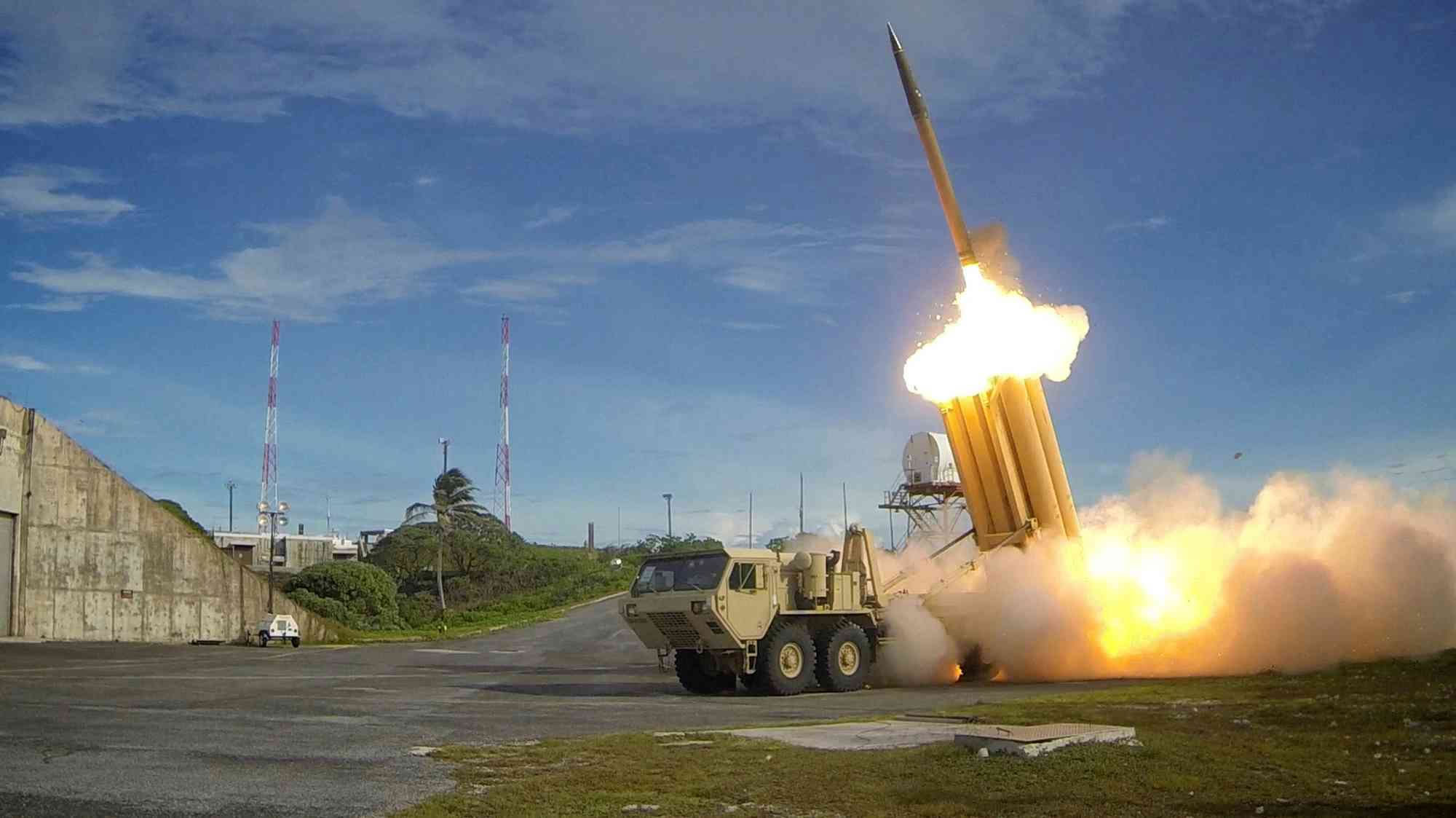
Politics
15:08, 31-Jan-2017
US, South Korea defense chiefs reaffirm THAAD deployment
Updated
10:39, 28-Jun-2018

Defense chiefs of South Korea and the United States on Tuesday reaffirmed their bilateral agreement to deploy the US missile shield, called Terminal High Altitude Area Defense (THAAD), on South Korean soil.
Seoul's Defense Ministry said that Defense Minister Han Min-koo held the first telephone talks with his US counterpart James Mattis, who became the first Defense Secretary under the Trump administration on Monday.

South Korean Defense Minister Han Min-koo speaks at the start of a meeting in Washington, DC, on October 19, 2016./CFP Photo
South Korean Defense Minister Han Min-koo speaks at the start of a meeting in Washington, DC, on October 19, 2016./CFP Photo
During the dialogue, they discussed the security situation on the Korean Peninsula, agreeing to strengthen their defense capability against nuclear and missile threats from the Democratic People's Republic of Korea (DPRK) and develop the bilateral alliance under an environment of severe security.
The defense chiefs expressed serious concerns about top DPRK leader Kim Jong Un's New Year's Day address that said Pyongyang had entered a final stage in preparations to test-launch a long-range ballistic rocket.
Han and Mattis agreed to push the THAAD installation as scheduled and beef up close cooperation on DPRK policy between the two defense authorities.

US Defense Secretary James Mattis at the US Capitol in Washington D.C., USA on January 12, 2017. /CFP Photo
US Defense Secretary James Mattis at the US Capitol in Washington D.C., USA on January 12, 2017. /CFP Photo
Seoul and Washington abruptly announced the agreement in July last year to deploy one THAAD battery in South Korea's southeastern region by the end of this year.
It caused strong opposition from China and Russia as THAAD's X-band radar can peer into the territories of the two nations. The US anti-missile shield is composed of the super microwave-emitting radar, six mobile launchers, 48 interceptors and the fire control unit.
The radar also caused a barrage of criticism from residents in Seongju county, where THAAD is scheduled to be installed, and its nearby Gimcheon city, as it is detrimental to the environment and public health.

File picture of a Terminal High Altitude Area Defense (THAAD) interceptor provided by the US Department of Defense, Missile Defense Agency. /CFP Photo
File picture of a Terminal High Altitude Area Defense (THAAD) interceptor provided by the US Department of Defense, Missile Defense Agency. /CFP Photo
The absence of open discussion stoked parliamentary and public objection. Some conservative voters believe that THAAD is a cure-all to protect South Korea from the DPRK's nuclear threats, but others have raised doubts over its intercepting capability and worry about escalated tensions and an arms race in the region.
THAAD is designed to shoot down incoming missiles at an altitude of 40-150 km, but most DPRK missiles targeting South Korea fly at an altitude of less than 40 km.
The US missile shield is also incapable of protecting Seoul and its suburban metropolitan area, which has more than half of the country's population of 50 million.
(Source: Xinhua)

SITEMAP
Copyright © 2018 CGTN. Beijing ICP prepared NO.16065310-3
Copyright © 2018 CGTN. Beijing ICP prepared NO.16065310-3